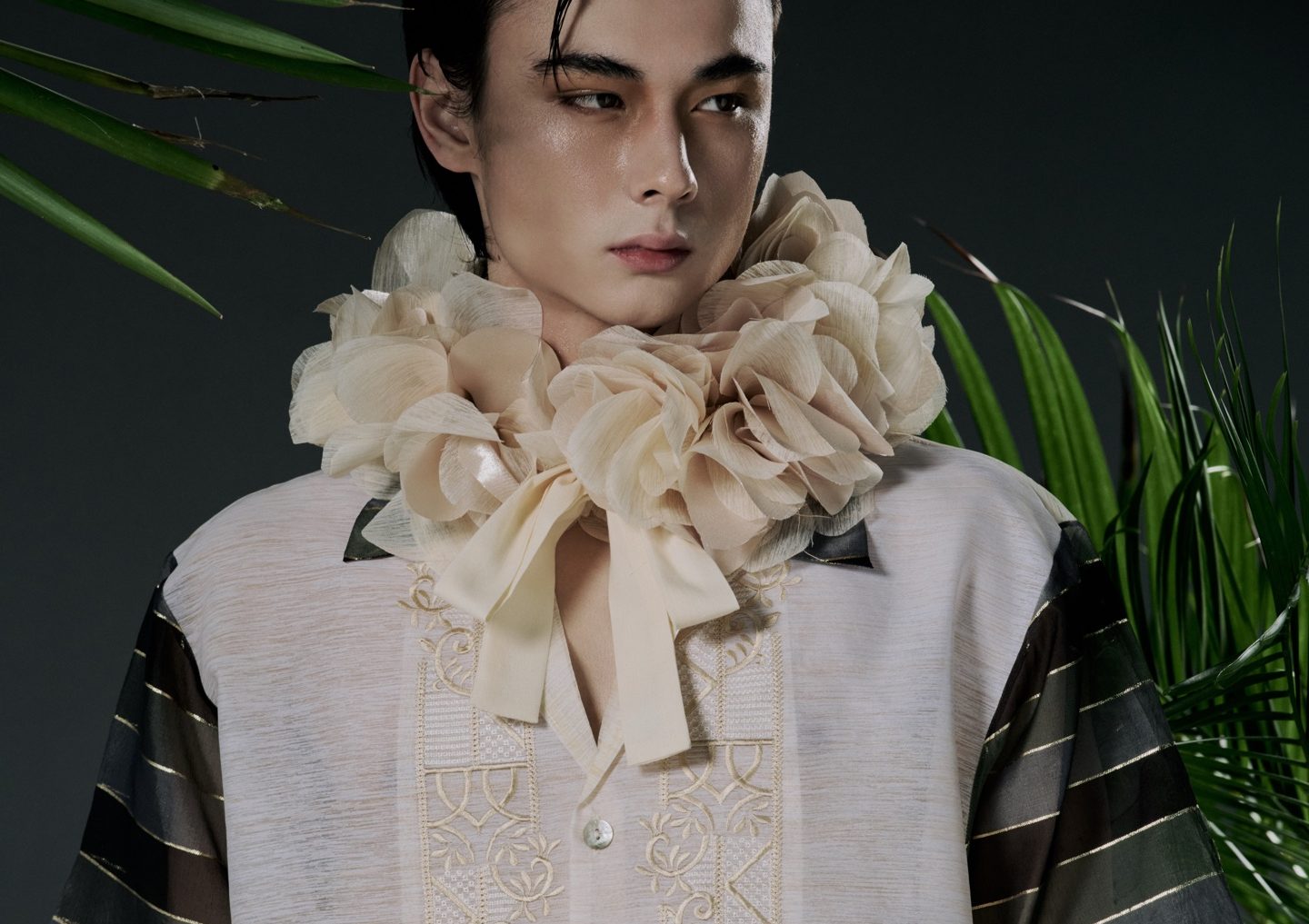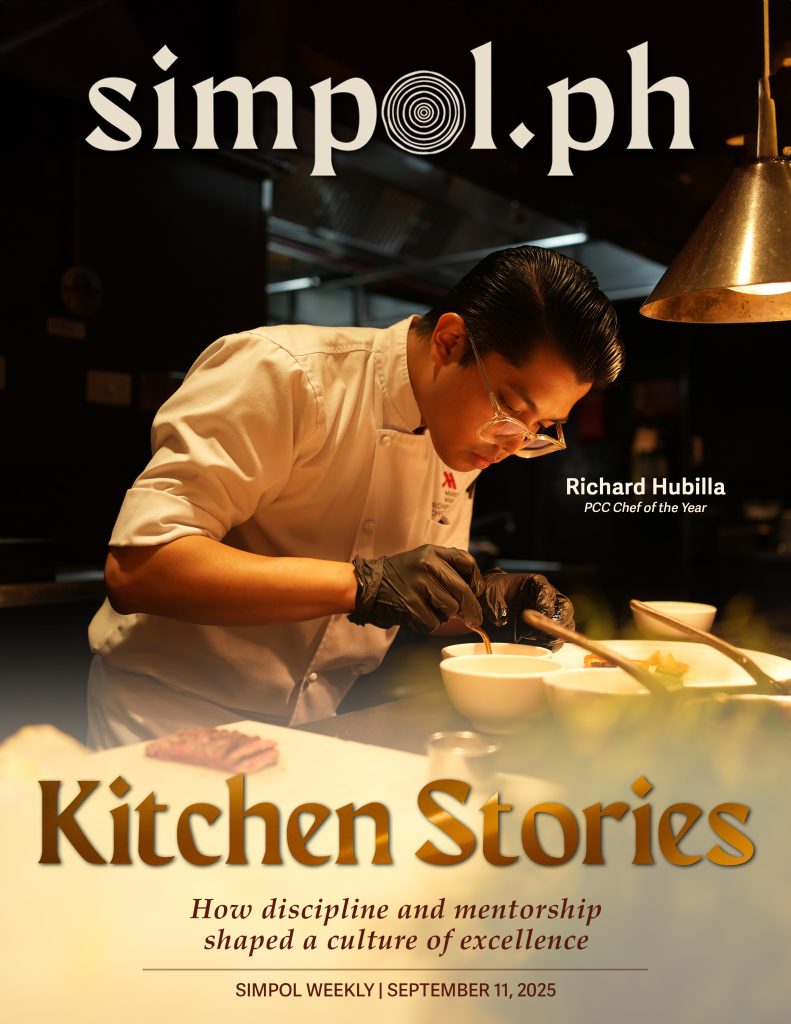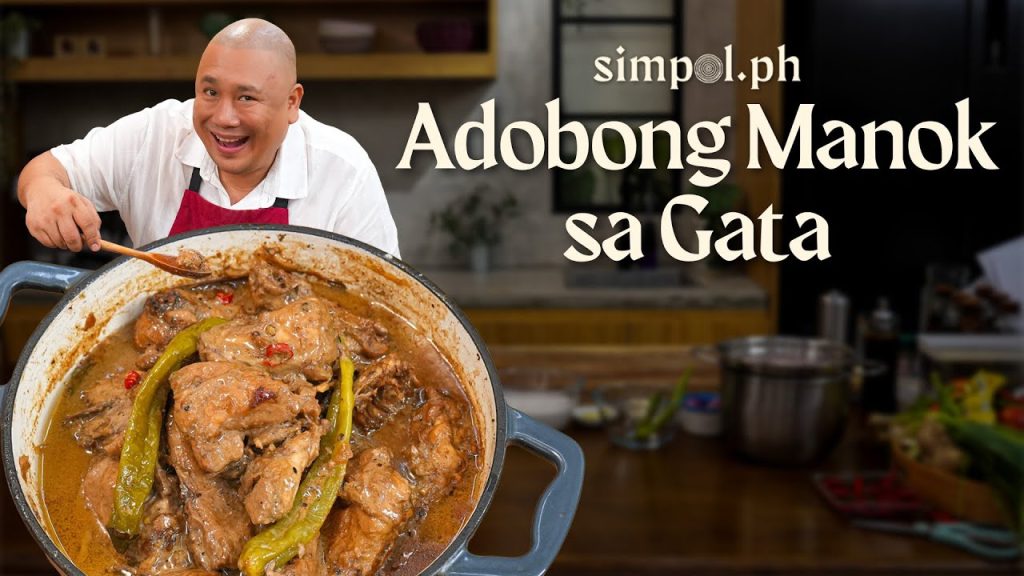The Barong Tagalog is the country’s official national wear for men. It is a garment both delicate and defiant. A combination of elements from pre-colonial native dress and colonial Spanish tailoring, its name, Baro ng Tagalog, speaks of cultural roots.
Rich with symbolism and layered with meaning, Barong Tagalog history tells of a people who turned oppression into elegance. It has witnessed the rising of the morning sun, and the uprisings of a people determined to rise with it.
Threads of Power and Politics in Barong Tagalog History
During the Spanish era, the gobernador decreed that native Filipinos—indios—must wear their baro untucked, while mestizos could tuck theirs into their trousers.
Sheer fabrics like piña, abacá, and linen weren’t just practical for the heat. The law required them to be transparent—ensuring no concealed weapons beneath a hemline that often fell just below the hips.
But Filipinos do what they do best: they transformed an imposition into a statement. From political control came cultural style. And from a requirement for submission came a quiet rebellion in fabric and form.
Evolving With Us: The Modern Story of the Barong
The barong has never stopped evolving. From the uncollared camisa de chino of old, it grew collars, cuffs, pleats, and finally, embroidery—introducing a new era of craftsmanship and meaning. Ruffles and cravats once tied at the neck gave way to subtle structure, then sleek tailoring.
What was once everyday wear for the colonized became formalwear for the proud. The barong is now a crown across generations—no longer just uniform, but a cultural heirloom.
Jor-el Espina: Modern Threads, Ancestral Soul
After more than two decades in fashion, Jor-el Espina of Iloilo continues to champion Filipino heritage through design. His early work reimagined the barong through bold fusions like the now-iconic “Bomberong”—a cross between a bomber jacket and the traditional barong Tagalog. Today, he integrates piña, abacá, hablon, and dead-stock textiles into pieces that feel both artisanal and avant-garde.
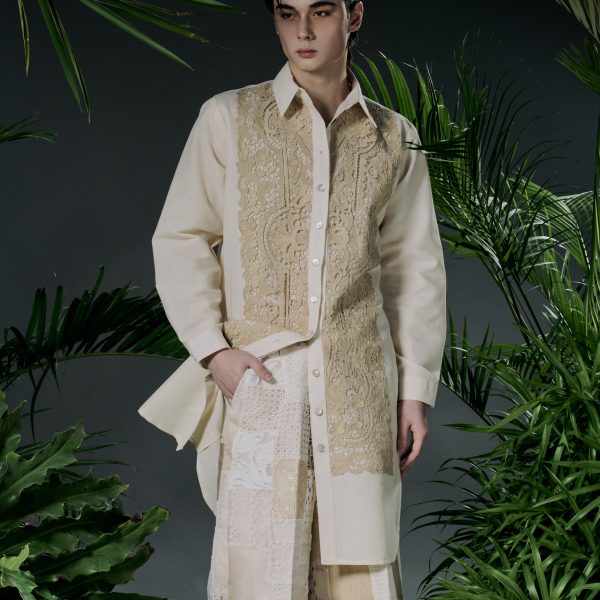
“The barong is iconic, but I see it as a canvas,” says Espina.
With each collection—including his 2024 “Adaptation” line at ArteFino—Espina keeps the barong alive not as costume, but as living culture. His silhouettes are both heritage and rebellion stitched into one.
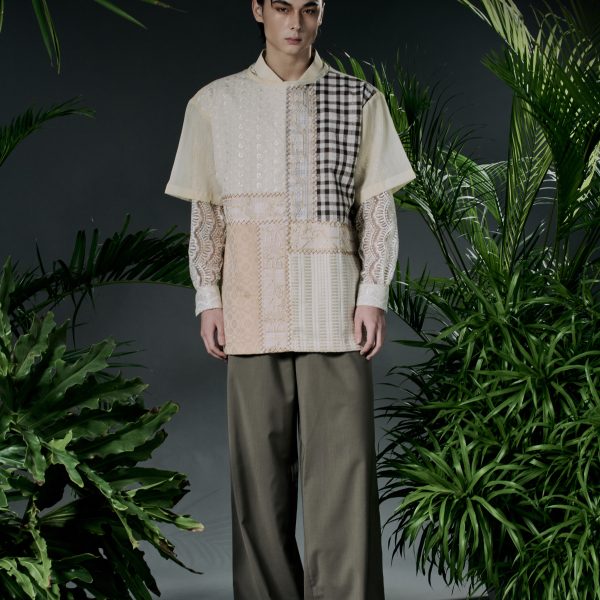
Edwin Ao: Precision and Provocation from Cebu
Cebu-based designer Edwin Ao has been crafting menswear since 1998, celebrated for his minimalist precision and bold, structural designs. Whether working with cotton, piña, or piña cocoon, Ao’s barongs carry a distinct point of view—quiet but unmissable.
“It becomes a canvas where tradition meets rebellion, and there innovation takes center stage,” he says.
He was honored with a Cultural Heritage and Identity Award for his Guerilla Barong, a line that fused ancestral technique with postmodern tailoring. Ao is also deeply involved in education, mentoring young designers through his role as a part-time professor at the Cebu Institute of Technology. His grounding in batik and indigenous dye traditions further informs his work.
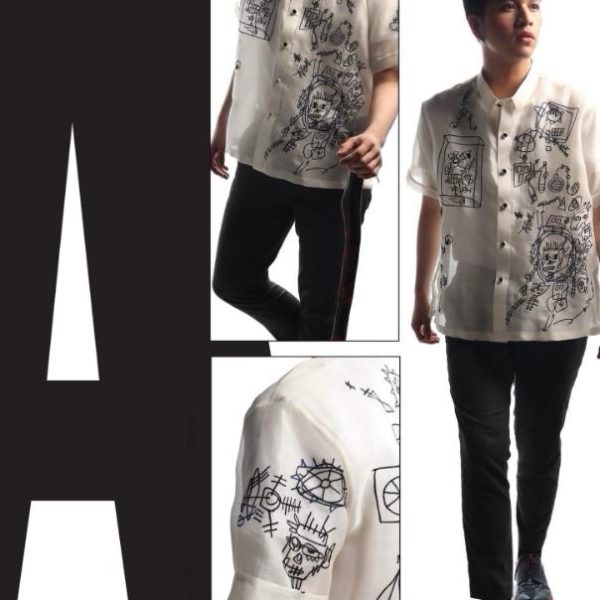
Barong Tagalog History: A Garment That Speaks
The barong has endured the zarzuelas of punishing summers and clothed both the ordinary and the heroic. It may not have braved winter’s chill, but it has survived revolutions, elections, weddings, funerals, and everything in between.
You don’t wear a barong lightly. You wear it when you take vows meant to last a lifetime. When you receive accolades that mark your greatness. Even when you face your Creator.
Wearing the barong today means carrying your nation’s past and present on your shoulders. Its threads are spun with stories of struggle, dignity, and the pursuit of freedom.
As we look forward, the barong must continue to evolve. But it must never lose its dignity or elegance—for within its construction beats the heart of the Filipino.
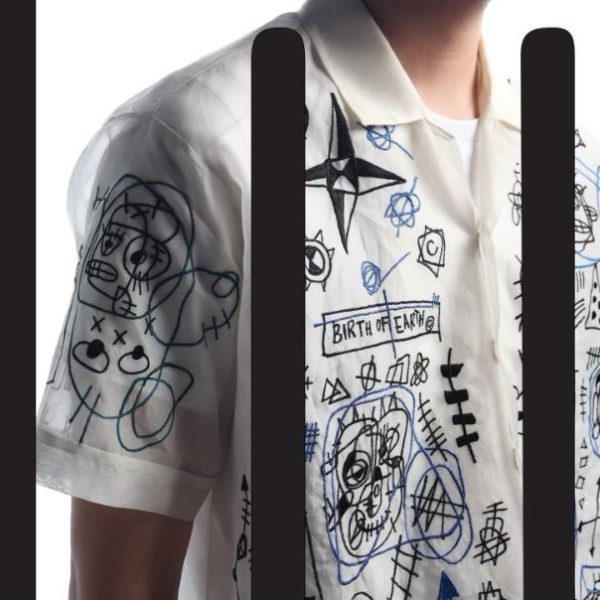
If the Barong Could Speak…
“I have done my part in this country’s struggle. As you wear me now, do yours. Together, we can carry this nation forward.”
And if you look closely, beyond the embroidery, you’ll see what excites true barong enthusiasts: the fit, the construction, and above all—the collar.
A well-made collar gathers the entire ensemble. Its shape, the way it stands, reveals the skill of its maker. It frames the face of the Filipino—not just in profile, but in pride.
Isang maligayang kasarinlan sa bawat isang Filipino.
Bisou Bisou. 💋
Dong Omaga-Diaz is an internationally-acclaimed designer, mentor, and creative force whose thoughtful eye and quiet elegance have guided countless young creatives. Whether in the atelier or the audience, he brings clarity, care, and just the right amount of drama to everything he touches.


